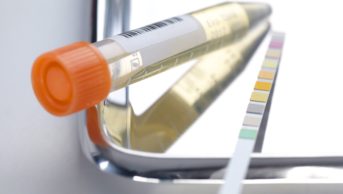
Shutterstock.com
A blood test has been developed that can detect tumours before a person may be aware that they have cancer.
The test, devised at the Johns Hopkins Kimmel Cancer Centre, is sensitive to mutated DNA that floats freely in the blood and cancer-related proteins after being released into the bloodstream by dying cancer cells.
In a paper published in Science magazine, researchers said that when tested in more than 1000 patients, the test, named CancerSEEK, gave a positive result around 70% of the time for eight of the most common cancers (ovary, liver, stomach, pancreas, oesophagus, colorectum, lung and breast). Each was non-metastatic, stage one or two cancer, and had been clinically detected.
“The use of a combination of selected biomarkers for early detection has the potential to change the way we screen for cancer,” said senior author and professor of oncology and pathology at Johns Hopkins, Nickolas Papadopoulos.
In tests, it detected between 69% and 98% in five of the cancer types — ovary, liver, stomach, pancreas and oesophagus — which currently have no screening test. The highest sensitivity rate, 98%, was for ovarian cancer and the lowest, at 33%, for breast cancer. Its sensitivity to stage one cancers overall was 40%.
The researchers said it is intended that the test would eventually cost less than $500.
Another of the report’s authors, professor of oncology at Johns Hopkins, and Howard Hughes Medical Institute investigator, Bert Vogelstein, said it had to be recognised that no test could detect all cancers.
“We have to begin looking at [early cancer detection] in a more realistic way. Many of the most promising cancer treatments we have today only benefit a small minority of cancer patients.”


